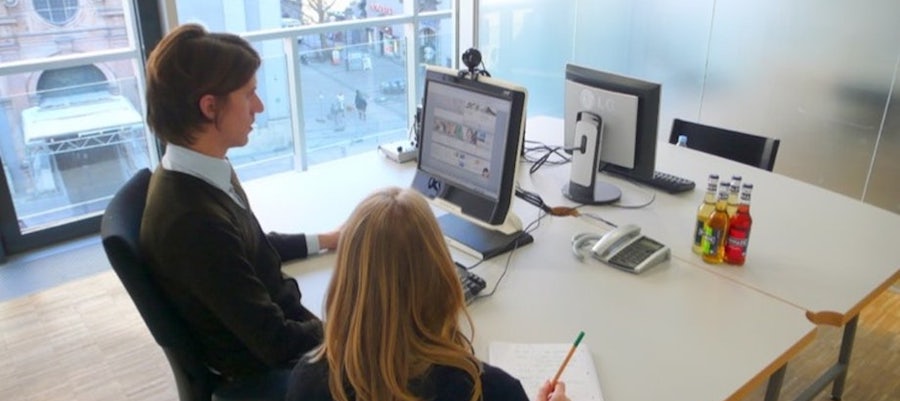A good user experience is one of the key success factors for digital business models: How do the users discover the website or application? Do they abandon or leave? Do they use them regularly or even recommend to others? These are about the question of the user experience (UX), which can be measured with specific user experience model. Now, let me show you how to do it.
The performance of digital media can be traditionally controlled by technical metrics such as page impressions, retention time, or conversion rates. They can indicate the behavior of the users on the site, but they don’t predict its cross-platform behavior as well as its behavior outside the product. Either good or bad UX will influence not only the direct use of the product usage, it also has an impact on the brand perception and the customer's behavior. It is, therefore, worthwhile to use the canon of the key performance indicators (KPI) and to raise them regularly. In order to understand the causes and the effects, a user experience model should be used.
In user experience model, the UX construct can be well-defined with a set of indicators. The first part is the user satisfaction towards the product. In addition, the so-called Joy of Use is an important point of reference for a positive experience - with less fun in the sense of entertainment (fun) than pleasure (joy) in the use. It is created when the user can easily and comfortably reach his or her usage goals with the product, when a smooth interaction is created by a seamless change of operation and system feedback, and when information is presented in an innovative, clever way. The greatest joy is the success of the user experience.
1. Overviews of UX Success Factors: Usability, Utility in user experience model

A good UX depends on a set of properties of the user interface. For these KPIs of the UI, the subjective perception by the users is again decisive.
Utility: What is the subjective value of the content and functions for the target group?
Accessibility: How good is accessibility and compatibility? How does the user feel about the performance and loading times? Is the product suitable for its terminal?
Usability: How effective and thus satisfying can users achieve their goal?
Brand promise: How well does the product meet the brand promise and therefore the user's expectations?
These factors form the basis of user experience model, which should be firstly taken into consideration.
2. UX Testing

There are numerous approaches for UX testing in UX-model. One of the most effective ways is doing a user survey through an online questionnaire. If you ask the right questions in the right way, an efficient, permanent UX tracking can be used as an early warning system for user experience model. When you are planning a UX evaluation, the following points should be considered:
Selection and timing: You should usually randomly invite selected users during or immediately after use. When users are asked for a long time after interacting with the product, the perception of the interviewees falls behind other aspects such as the general brand image.
Profit: Participation in a UX-evaluation should always be incentivized. Especially satisfied and dissatisfied users are always motivated to get rid of their opinions. The best way to make the best use of cash is to use the same fillip.
Survey duration time: The survey should be as short as possible, depending on the involvement of the users, they should not take more than two to ten minutes to complete the survey.
3. Eye Tracking

In addition to the self-assessment of the users in a survey, there are numerous other measuring methods which more or less indirectly reflecting the user experience model:
For example, the eye action of users can be measured using a so-called eye tracker in the user experience laboratory. The behavior of the eye can reflect the user experience of a user and the usability of a user interface. The interpretation, however, is challenging. Thus, for example, the duration until the discovery of certain UI elements can indicate the efficiency of the use. Eye tracking is often used as a standard in the usability testing of apps and websites in the laboratory.
An interesting approach is the measurement of success rates for given use-cases. It can also be done by means of prototypes before a launch. In doing so, a sample where several hundred volunteers involved needs to set online tasks that come from the current website issues. Then you measure the proportion of the successful users as well as the duration to the solution. These results provide clues to usability issues and sub-optimal user experience model.
Conclusion
Depending on the purpose of the application, user experience research thus provides many approaches for the systematic record of the UX-model and the optimization of frontends. The values obtained form the basis for a user-oriented management. And they show out the direction to the user interface. Because a good user experience model with an interactive medium is the basis for customer loyalty, branding and future behavior, such as recommendations or the return - and thus relevant to a sustainable success.
Read more:
Comments
Post a Comment